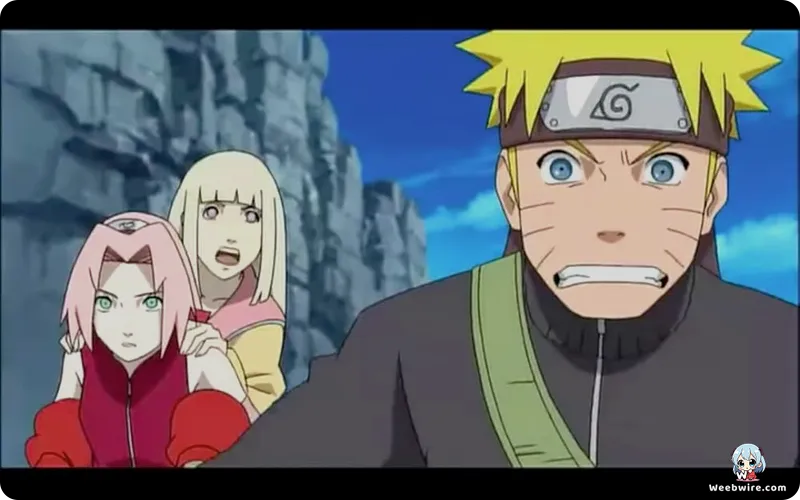Naruto Shippuden the Movie: A Deep Dive into Its Hidden Lore and Naruto's Ultimate Test of Destiny

In 2007, the anime world witnessed a landmark event with the release of Naruto Shippuden the Movie, marking the highly anticipated cinematic debut for the beloved Naruto Shippuden saga. Far from a mere episodic extension, this film carved its own unique narrative path, unveiling a wealth of intricate details and compelling lore often overlooked. It stood as a self-contained adventure, profoundly enriching the broader Naruto universe and showcasing the creative brilliance of Studio Pierrot.
Shion's Prophecy and Naruto's Unwavering Resolve
Central to the movie's gripping plot is Shion, the enigmatic priestess from the Land of Demons. Gifted with the dual abilities to seal malevolent spirits and foresee death, Shion delivers a chilling prophecy: Naruto Uzumaki is destined to die while protecting her from the resurrected demon Moryo. This premise ignites a profound internal conflict, presenting Naruto, the hero who constantly defies expectations, with an unchangeable fate. His struggle to protect others while grappling with his own impending mortality offers a rare and intense exploration of his character, pushing him to confront destiny head-on in a way rarely seen in the main series' early Shippuden arcs.
Moryo: A Distinct and Formidable Antagonist
The antagonist, Moryo, is a significant departure from typical ninja foes. Not a rogue shinobi, but an ancient, spiritual entity intent on plunging the world into darkness. Moryo's reawakening demands a different strategy, allowing the film to delve deeply into spiritual sealing techniques and archaic lore, elements often secondary to taijutsu and ninjutsu in the main series. Moryo's distinct, monstrous, and ethereal design further ensures a fresh and formidable challenge.
Studio Pierrot's Cinematic Excellence
Studio Pierrot, the renowned animation studio, elevated its craft for Naruto Shippuden the Movie. Freed from weekly production constraints, animators dedicated greater resources to deliver breathtaking fight choreography and spectacular visual effects. Sequences like Naruto's clashes with Moryo's forces and the climactic battle are often cited as benchmarks of animation excellence, amplified by vibrant colors and dynamic camera work. Toshiro Masuda's original score perfectly complements this visual feast, blending traditional Japanese instruments with orchestral majesty to underscore both epic action and profound emotional depth.
Strategic Placement and Kishimoto's Authentic Touch
Intriguingly, the movie is set relatively early within the Naruto Shippuden timeline, preceding major arcs. This strategic placement allows for an intense focus on Naruto and his pivotal relationship with Shion, creating a self-contained story accessible to a broader audience while still rewarding long-time fans with profound character insights. While Naruto films are generally non-canon, original manga author Masashi Kishimoto famously provides conceptual input. His involvement ensures authenticity, aligning the characters and world with his overarching vision. For this film, Kishimoto’s influence is evident in the thematic explorations of destiny and sacrifice, core tenets of the broader Naruto narrative. This vital connection ensures even non-canon stories resonate with established lore.
The film stands as a powerful testament to Naruto's indomitable spirit and his unwavering commitment to protecting those he cherishes, reminding us why Naruto's legacy endures.
Credits
Naruto Shippuden the Movie
Author
Masashi Kishimoto
Cover Art
Masashi Kishimoto
Studio
Studio Pierrot
Publisher
Shueisha
Producers





